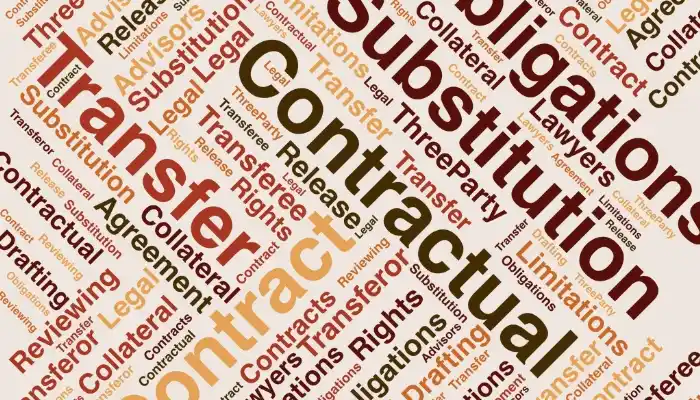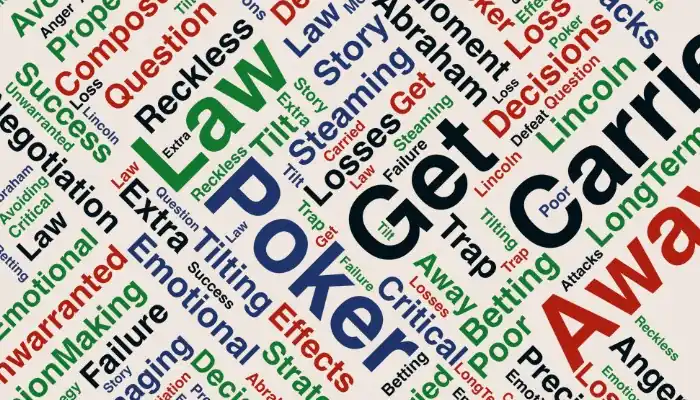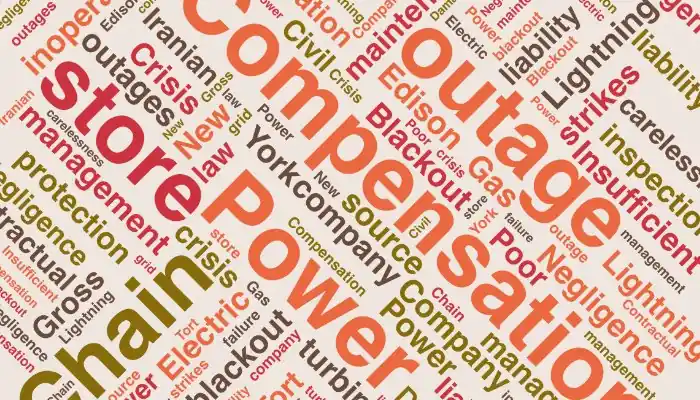In the business world, understanding the differences and conditions of contract transfer and substitution is crucial. Did you know that simply transferring a contract does not absolve the transferor of their obligations? According to the laws of many countries, the transferor remains liable for their contractual obligations even after the transfer. The only way to be released from these obligations is through a process known as substitution, which requires the agreement of all three parties involved—the transferor, the transferee, and the other party to the contract.
Contract Transfer and Obligations
Contract transfer refers to the act of transferring the rights and obligations of one party to another. However, merely transferring the contract does not eliminate the transferor’s obligations. The transferor remains responsible for fulfilling their obligations. It is vital that lawyers and legal advisors keep this in mind when drafting and reviewing contracts.
Substitution: A Solution for Releasing Obligations
To release the transferor from their obligations, a process known as substitution must take place. Substitution involves replacing one party in the contract with a new party, transferring all rights and obligations to the new party, thereby releasing the transferor from their obligations. This process requires the agreement of all three parties involved—the transferor, the transferee, and the other party to the contract.
Importance of Care in Collateral Substitution
Another important aspect of contracts is the substitution of collateral. Generally, collateral (such as real estate or fixed assets) is not easily transferable. Even if a contract includes a clause for the substitution of collateral, there may be legal and practical limitations that prevent a swift and smooth transfer of the collateral. Therefore, when dealing with collateral substitution, it is essential to carefully examine the matter and ensure that it is handled in accordance with relevant laws and regulations.
Source: Frederick, L. (2022). Practical Tips on How to Contract: Learn How to Draft and Negotiate from a Former Big Law and Tesla Commercial Contracts Lawyer. How to Contract LLC.




